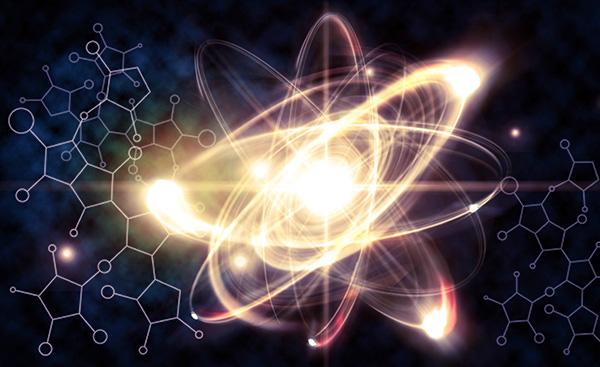Conference Report – P5 Track 1.5 Meeting
The NPT and the P5 Process
Emmanuelle Maitre,
Benjamin Hautecouverture,
January 26, 2022
The meeting in Track 1.5 format that took place place during the Conference of the Principals on Thursday December 2, 2021 in Paris was prepared by the workshop, orchestrated by the Fondation pour la recherche stratégique (FRS), of a group of some twenty international experts on Wednesday November 24, 2021 (in virtual format). This meeting provided an opportunity to discuss three themes presented on December 2: Strategic Risk Reduction (SRR), peaceful uses of nuclear energy, and the continuation of the P5 process during the next NPT review cycle. Nuclear doctrines and non-proliferation issues were also debated, the key points of which are summarised below.
This collection of ideas, concerns and recommendations is intended to inform the discussion among P5 members in the current cycle of the process and in its continuation after the 10th NPT Review Conference.
Strategic Risk Reduction and doctrines
SRR has been increasingly pushed at the forefront of discussions between P5 members. This sub-subject was initiated within the discussion on doctrines and supported because of its topicality but also with a view to promoting a definition of SRR that would go beyond the more restricted topic of nuclear risk reduction. Given the current importance of this issue, the creation of a specific working group dedicated to discussing it appears relevant.
The meetings of P5 members, their willingness to discuss among them, especially on doctrines, is in itself an important way to limit misunderstanding and to reduce the risk of uncontrolled escalation towards nuclear conflict. Additionally, efforts on transparency, for example the proposed side-event on doctrines, are welcome, and the work done on the glossary is a step forward.
However, while confidential talks play an important role in this framework, which is duly appreciated, the process has created expectations for more concrete measures. The working paper on this issue is welcome especially as it develops a shared approach on risks or proposes ways to address specific risks in a concrete manner. A useful and realistic step could be the listing of existing crisis communication channels, in particular hotlines, in order to increase knowledge on which mechanisms are already active, which could be reactivated, and which should be created. The topic of crisis management remains one of the more pressing in the short term, and could be addressed through a reflection on the creation of national risk reduction centres by all P5 states and joint thinking on the policy of launch-on-warning or on new measures aimed at avoiding incidents in space. The risks that could emerge following incidents linked to exercises and patrols of nuclear-weapons platforms (bombers and submarines) should also be addressed, and tools to deal with these incidents proposed. Another important issue is the mingling of nuclear and non-nuclear strategic capacities and the reliance on similar platforms and command and control infrastructure. P5 may profitably have closed discussions on how to avoid escalation after an involuntary strike on strategic assets.
While addressing SRR is recognised of paramount importance, it should always be done in a way that shows that it does not replace the objective of nuclear disarmament contained in the NPT. In that sense, adopting concrete measures and linking them to the NPT review process might be the right approach. This should be done in complementarity with long-term efforts to propose a shared visions of risks and how to mitigate them. Also, it should take advantage of the work done in other forums on this issue, such as the Stockholm Initiative or CEND. Working groups could be organized to compare ideas and assess recommendations. Such activities could also be conducted with NGO experts given the wealth of suggestions and publications available on this topic.
[...]
To read this version, please download the file below.


Conference Report – P5 Track 1.5 Meeting
Emmanuelle Maitre, Benjamin Hautecouverture, January 26, 2022
Share
Recent activity
- Conference Report – P5 Track 1.5 Meeting